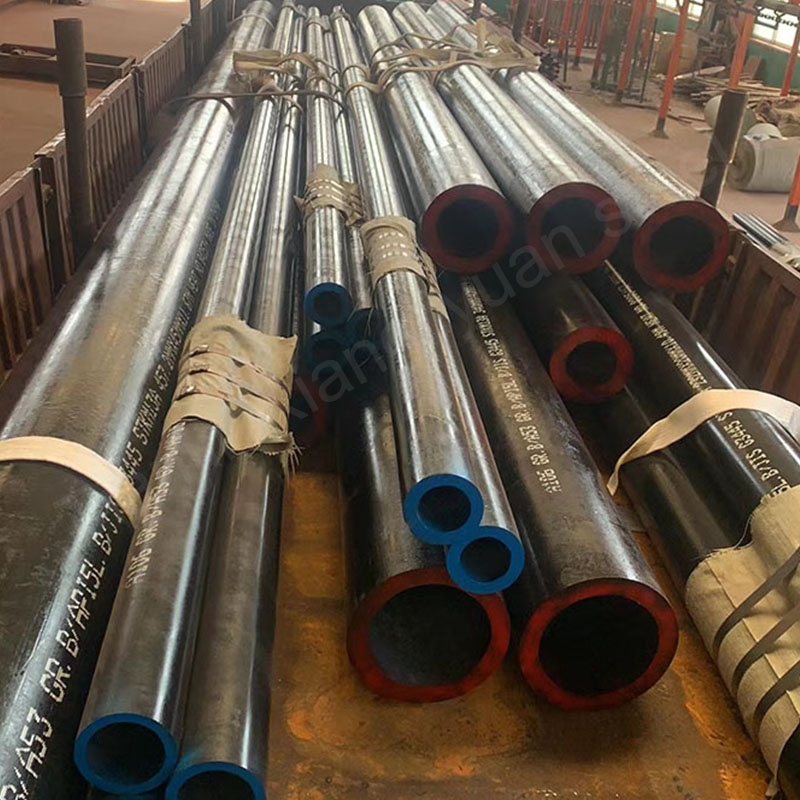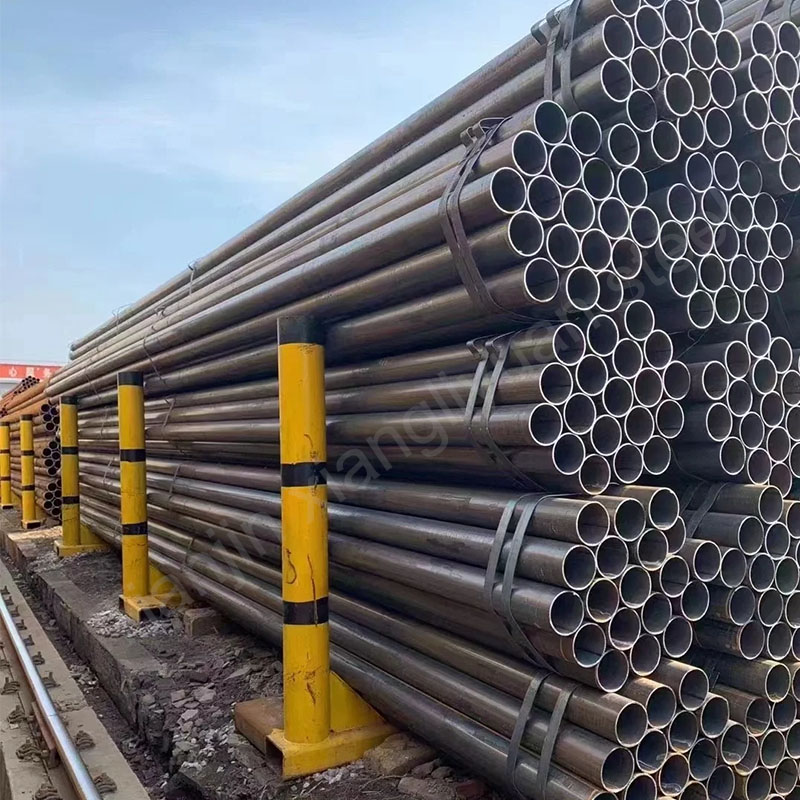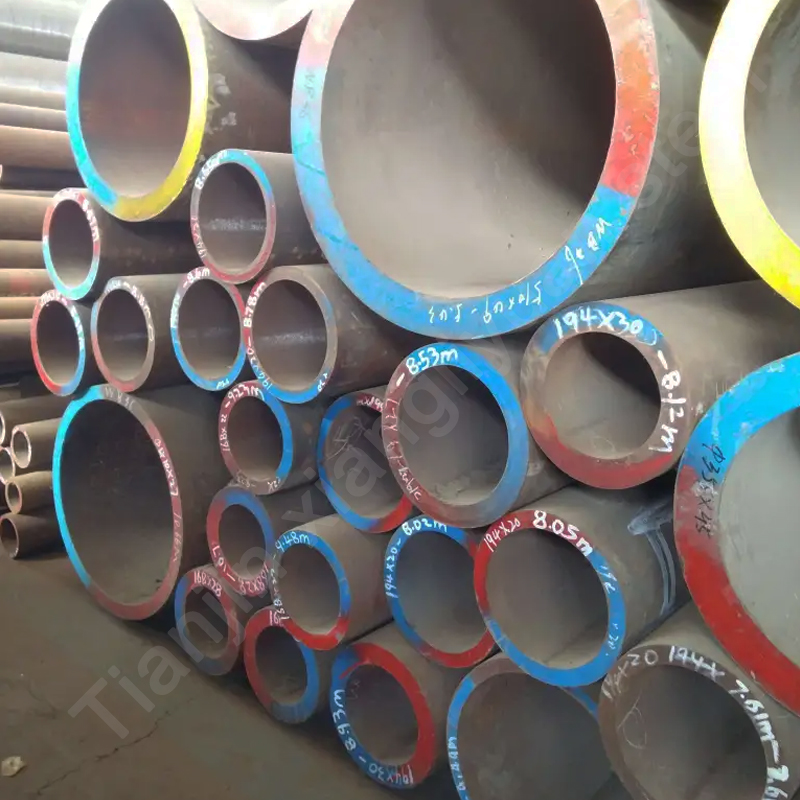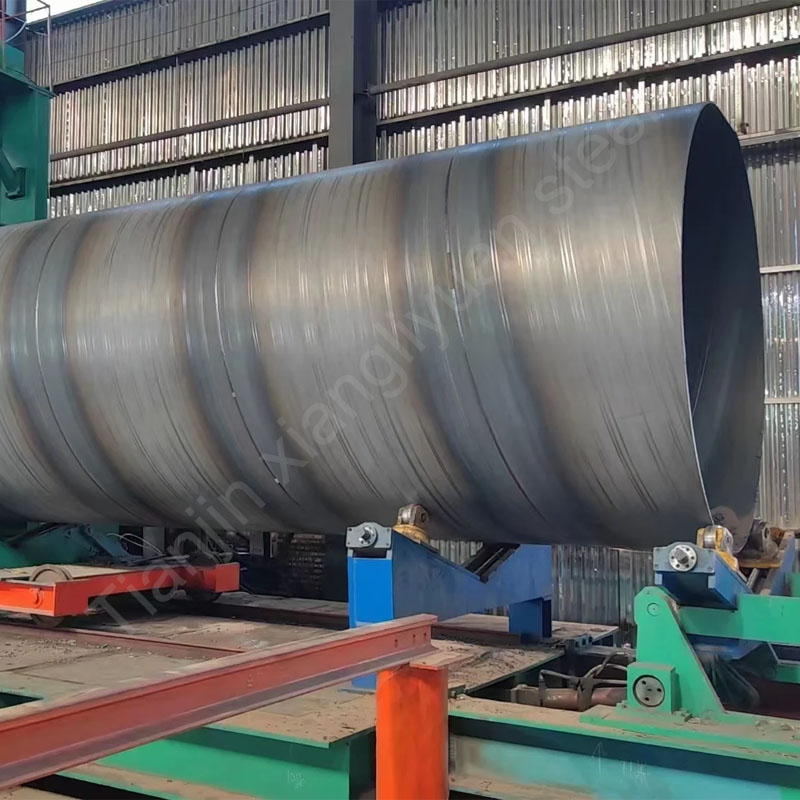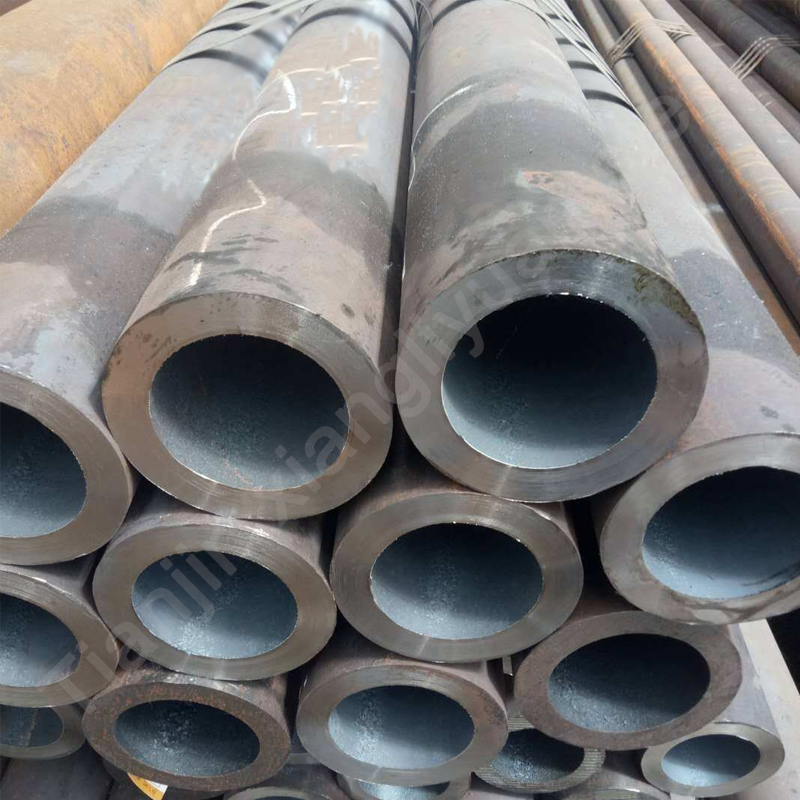A natural gas pipeline is a specially designed pipeline system for transporting natural gas.
The materials of natural gas pipelines mainly include the following:
Carbon steel: the most commonly used material, due to its high strength, good corrosion resistance and low cost.
Alloy steel: used in high pressure and high temperature environments, because it has better mechanical properties and corrosion resistance.
Stainless steel: used in special environments that require high corrosion resistance.
Plastic pipes: such as polyethylene (PE) pipes, used for low-pressure or medium-low pressure natural gas transportation, with the advantages of corrosion resistance, light weight, and convenient construction.
Natural gas pipelines can be divided into the following categories according to different uses and characteristics:
Transmission pipelines: long-distance pipelines that transport natural gas from gas fields or gas storage reservoirs to cities, factories or power plants.
Distribution pipelines: distribute natural gas to various users in cities or industrial areas.
Gathering pipelines: gather and transport natural gas produced by gas wells to processing plants or gas transmission trunk lines.
Sub-high pressure pipelines: pipelines used to transport from city gate stations to secondary distribution stations.
The steel grades of steel pipes are classified according to their mechanical properties and chemical composition. Commonly used steel grades include:
API 5L A, B, X42, X46, X52, X56, X60, X65, X70, X80: API 5L is a standard set by the American Petroleum Institute (API), where the number of the X series steel grade represents the minimum yield strength, for example, X42 means the minimum yield strength is 42,000 psi.
GB/T 9711 L245, L290, L360, L415, L450, L485, L555, L690: This is the steel grade classification in the Chinese national standard.
Commonly used natural gas pipeline design and manufacturing standards include:
API 5L: Standard for oil and gas transmission pipelines.
GB/T 9711: China’s oil and gas industry transmission steel pipe standard.
ISO 3183: Oil and gas transmission steel pipe standard set by the International Organization for Standardization (ISO).
ASTM A53/A106: Standard for seamless and welded steel pipes developed by the American Society for Testing and Materials (ASTM).
The main uses of natural gas pipelines include:
Natural gas long-distance pipelines: transport natural gas from gas fields or liquefied natural gas receiving stations to consumption areas such as cities, industrial areas and power plants.
Urban gas distribution pipelines: distribute natural gas within cities or industrial areas for use by households, commercial and industrial users.
Industrial pipelines: used as pipelines for the transportation of fuel or raw gas in industrial fields such as petrochemicals, chemicals, and steel.
Gas storage pipelines: used to connect underground gas storage and gas pipeline systems to regulate seasonal changes in natural gas supply.

